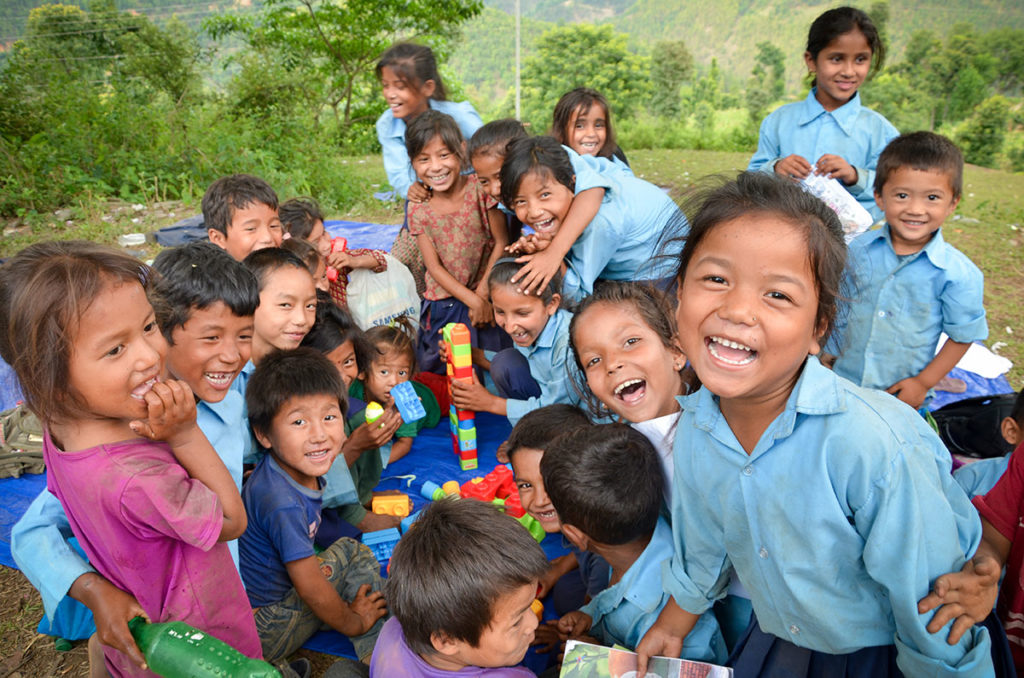
Take Action
You hold incredible influence. Harness it here to encourage your representatives to prioritize safety, health, and opportunity for every child. Pick an issue below and take action to help us achieve the following goals together.
SUPPORT U.S. FOREIGN ASSISTANCE
Now is the time to speak out in support of foreign assistance and its life-saving programs. This small 1% of the U.S. budget is critical for our country’s prosperity, safety, and reputation as a leader.
PRAY FOR YOUR LEADERS
Senators and representatives have the hard job of balancing the competing interests of their constituents. Send a note of encouragement and prayer to your members of Congress today.

Global Goals for Sustainable Development
The ambition of the Sustainable Development Goals (SDGs) is staggering — or breathtaking, depending on your perspective! Learn more.
What are the Global Goals?
On September 25, 2015, 193 countries including the United States adopted a landmark and far-reaching agreement that would shape the direction of development for the next 15 years. These Global Goals, also referred to as the Sustainable Development Goals (SDGs), spell out the progress that must take place and the means of measuring it.
What will these goals accomplish?
- Eliminate extreme poverty by 2030
The World Bank defines “extreme poverty” as living on less than $1.90 a day — this often means going without adequate food and water, and lacking housing or shelter. This kind of crushing poverty can hinder opportunity and hope for those caught in it. The 193 nations agreed that for extreme poverty to end everywhere in the world in the next 15 years, we must all act in concert. - Leave no one behind
Measuring progress is often difficult, so the impulse is to go to accessible places where you can make changes and see results quickly. But this approach is no longer enough. The SDGs call us to go to the hard-to-reach places, like conflict zones, urban slums, and regions with poor governance. In such places, even small development gains are often not distributed equitably because of a lack of structure. The challenge in the next 15 years is to lift up the families traditionally left out of development plans — to focus on sustainable progress for the forgotten, the excluded, and the marginalized. - Secure peaceful lives, peaceful communities, and a peaceful world
The SDGs recognize that progress will always be somewhat constrained if parts of the global community are engaged in conflict, or are in constant upheaval. The Goals underscore the fact that peace is foundational for achieving equitable development and justice. Without peaceful communities and a peaceful world, we will only go part of the way to achieving what the SDGs aim to accomplish.


